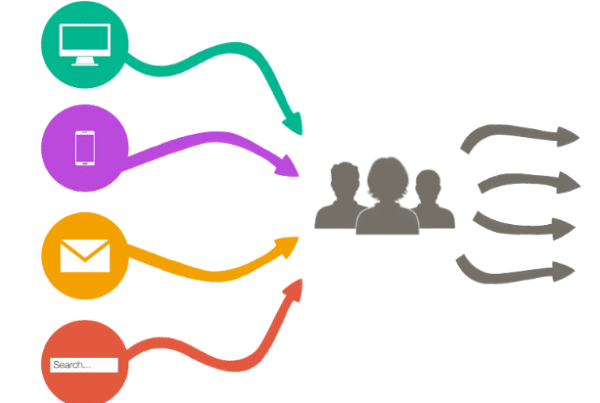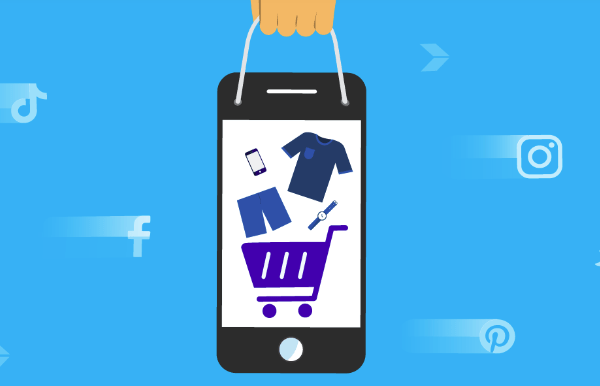CAC. Customer acquisition cost. The holy grail of scaling a business. This is a KEY metric all marketers, business owners, investors, etc, really look at to see how scalable a business can be and it’s potential. CAC says about your business, marketing strategy, etc.
WHAT IS CAC?
Customer Acquisition Cost is the cost of winning a customer to purchase a product/service. As an important unit economic, customer acquisition costs are often related to customer lifetime value. With CAC, any company can gauge how much they’re spending on acquiring each customer.
the CAC can be calculated by simply dividing all the costs spent on acquiring more customers (marketing expenses) by the number of customers acquired in the period the money was spent. For example, if a company spent $100 on marketing in a year and acquired 100 customers in the same year, their CAC is $1.00.
WHY IS CAC A KEY METRIC?
Knowing your company’s exact CAC figures is extremely important simply because you need to ensure that you and your sales & marketing teams are generating sufficient income to cover the costs of running the business.
It also speaks highly of how effective your marketing strategy is and how efficiently you are spending each dollar toward marketing to hopefully give a positive return on ad spend.
WHAT IS A GOOD CAC?
Most commonly, businesses will benchmark their customer acquisition cost against customer lifetime value. A CAC:LTV ratio of 1:3 is generally considered a good ratio, though it will vary greatly for different businesses.
HOW IS CAC CALCULATED?
CAC can be calculated by simply dividing all the costs spent on acquiring more customers (marketing expenses) by the number of customers acquired in the period the money was spent.
Not all companies calculate the same way. The way I would recommend to calculate CAC is take ALL your marketing spend and divide that by the number of new users. Some companies try to lower the CAC metric by segmenting some numbers from their marketing such as separating retention marketing efforts, etc.
SO…HOW CAN CAC BE LOWERED?
The million dollar question that all marketers seek the answer to. Being that marketing online is difficult and expensive, most of the times, to come to market and compete against the biggest competitors in the space, your marketing has to be effective and efficient, I can’t stress that enough.
- CREATE A 360 DIGITAL MARKETING STRATEGY: If you follow ETREND, you’ll see this is a constant theme I ALWAYS write about. The reason this is key in playing a role in CAC is that if you only use one channel to try and prospect customers, your only chance at turning them into a customer is through that channel. In todays world, customers attention is going from channel to channel including product research. For example: Customer A sees a product on Facebook and then goes to Google to look for the product or similar. By you having exposure and a presnce on both, you’re giving yourself more of a chance with that customer to convert them to buy. Now let’s say customer A adds that product to cart but does not end up buying, through e-mail marketing, you can retarget that customers cart to remind them to purchase. If you did not capture their email, you captured their cookie to remarket them to retarget them around the web (although this is slightly changing through privacy settings.) Recommended Read: 8 Pillars of a 360 Digital Marketing Strategy for E-Commerce
2. A/B TESTING IS CRUCIAL. AT SCALE: A key in lowering your CAC is to make your marketing as effective as possible. In order to do this, constantly A/B testing images and copy in your marketing is what ultimately will get you to best possible performance. If you stay too stale with something that may be working or not really working, you’re wasting opportunities in trying something that may perform better. For example, if you’re running Facebook ads to promote a product, you must test the following, constantly:
- Test different variations of landing pages
- Test variations of ad (both copy and images)
Although this sounds like a PITA (pain in the ass) process, it really is critical to spending effectively to get good performing ads.
3. CONVERSION RATE OPTIMIZATION: Conversion rate optimization is at the heart of healthy CAC. If your website is optimized for the best possible conversion funnel, your chances at turning a consumer into a customer is best. That means that higher conversion rates means much lower CAC!
Here are some quick ways to test CRO:
- Test promos such as Free Shipping or Gift with Purchase.
- Ensure fast loading site and easy navigation.
- Strong call to actions.
- Nice, clean design.
- Use trust factors such as seals of authority, phone number displays, etc.
- Use social proof for trust.
- Analyze your competitors (page, product page, etc.) overall funnel to purchase.
4. SEARCH ENGINE OPTIMIZATION IS YOUR BEST FRIEND: I wrote a post a few weeks ago, “Yes, SEO Still Has An Incredible ROI. And No, SEO Is Not Dead.” SEO has a serious impact on CAC as it’s drawing organic (free) traffic to your website. This happens through quality content such as blogs ranking for long-tail keywords, and if you have a super authoritative website, your site will rank for more broader keywords that can drive traffic in volume. Of course, there is no such thing as free. SEO cost money to develop…but over the long-run, this strategy really pays off and greatly reduces CAC as you turn organic visits into customers.
5. AUTOMATION IS YOUR FRIEND: Automation can really help scale any business. For example, automation in chat software like having a chat bot can allow you to have 24/7 customer support by allowing a chat to assist customers through a support or sales funnel by letting a bot answering the most frequently asked questions and helping consumers immediately with their questions or concerns giving conversion a better chance.
6. REFERRAL PROGRAMS ARE 🔑: If you look at some of the worlds largest companies with incredible user bases, a big part of their growth hack was referral programs. With these programs, they were also able to get an insanely low CAC. Let’s take a quick example of a succesful referral program. In order to expand and scale fast growth, they created a great referral program.
For riders, the referral program is fairly straightforward: sign up for an Uber account, and you’ll receive cash credits you can enjoy for your first ride. Refer your friends to sign up for Uber using your code, and the two of you will each enjoy a referral reward in credits.At one time, Uber offered $30 in referral credits, which was enough to cover multiple rides.
As you see, there’s true value incentive to share this with friends and recruit more users to your business. This really works for e-commerce as well.


